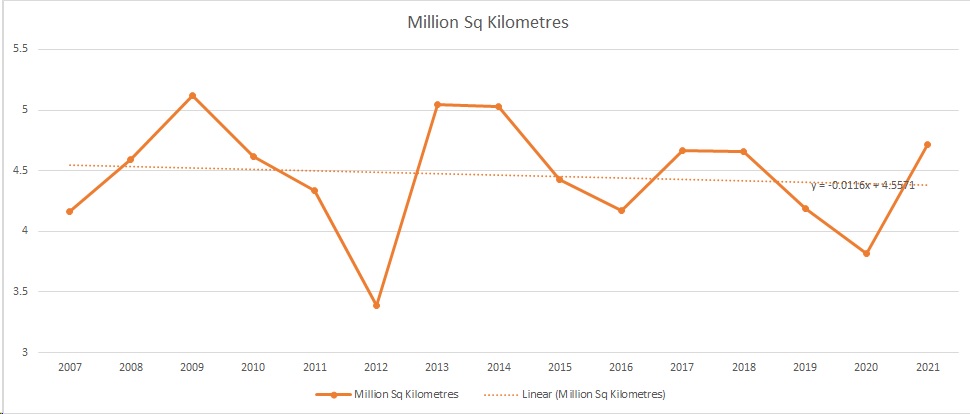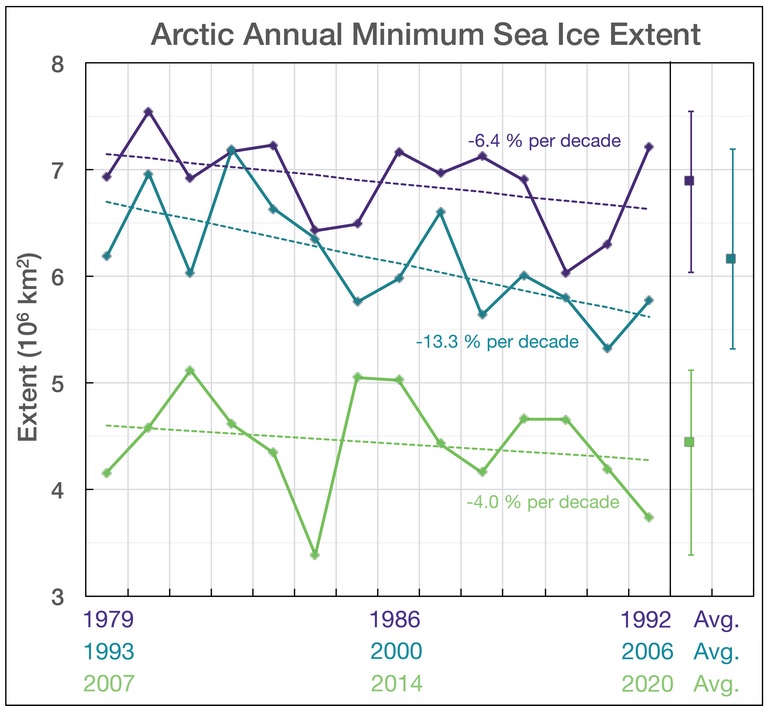https://www.nzta.govt.nz/projects/nelson-future-access-project
This is a vision thing! At this point the government has not made funds available to actually build any of these options, or indeed any other roading project in the South Island. The expectation is that the chosen project might be built in some 15 years time.
A Rocks Road walking and cycling facility, including a new seawall, is included in each of the three packages. The Coastal Corridor Widening Package would involve building the seawall two lanes further out.
The success criteria for this project do NOT include “reduced” travel times. Though not specifically excluded by legislation, guidance from this government has ruled that NZTA cannot take this objective into account. What NZTA can take into account is the achievement of more “predictable” travel times.
The number of journeys within the project area are forecast to increase from 100,000 to 140,000 per day by 2048. This is in line with the “High Growth” scenario used in the Nelson-Tasman Future Development Strategy, which has population of Nelson/Tasman growing from 104,000 in 2018 to 145,000 in 2048. This compares to 2048 population figures of 105,000 in the low growth strategy and 120,000 in the mid-point/most likely scenario. It is not clear why NZTA have used the high growth forecasts. However, this is a “differential” exercise (a choice between options) on a common basis, so in many ways it does not matter. And, when it comes to a final choice we will doubtless have updated forecasts anyway.
Spoiler alert!
I am going to choose the widening of Rocks Road to two lanes each way.
Priority Lanes:
When it comes to safe, efficient, resilient movement of people and goods in an improved urban environment, there really is nothing to beat “priority lanes”. These are lanes reserved during peak traffic hours for certain vehicles, usually including some or all of the following; buses, taxis, goods vehicles, multi-occupancy vehicles. The priority lanes have to be rigorously enforced – just one parked car and the whole thing snarls up. So in Leeds in the UK they have used forklifts to unceremoniously remove offending vehicles!
Enforcement of priority lanes will be done primarily by cameras. Apart from buses, each of the priority categories above have their own enforcement issues:
- Taxis would presumably include Uber and/or Ola which are indistinguishable in appearance from a private car. Will the camera system have to be linked to a taxi number plate registration system? Would any private hire cars have to use the non-priority lanes unless pre-registered?
- Would a goods vehicle be allowed in the priority lane only when it is being used for work purposes, which is hard to enforce? Otherwise this seems to encourage a person popping into town on a private journey to take the, presumably larger, work vehicle.
- Multi-occupancy vehicles would either be minimum three people (T3) or two people (T2). Clearly T3 is more efficient but a camera can really only identify if there is a person in each of the front seats. So, do we have to accept T2 for enforcement practicality?
Whilst the consultation document mentions priority lanes it remains coy about just what they would entail. What is clear is that the Inland Route Package using the old railway alignment, essentially a new road, is not compatible with the priority lanes concept, because this new road is only one lane in each direction. For this reason alone I rule this option out. The lady from Wellington NZTA who was manning the information centre at the Nelson market on Sunday 11th July (Carol Aldridge) did suggest that this road could be single use for busses during peak times, but that really doesn’t work. It is one thing to slide over and use the priority lane when other cars doing so reminds you that this is acceptable at the time you are travelling; and quite another to chose an entirely different route because you know that this option is available. Also, local residents will presumably have to be allowed to use the road at all times, and administering a scheme to correctly identify cars properly owned by residents within a fairly designated area is not a trivial challenge.
Parking:
Turning a road that is one lane each way into a road that is two lanes each way and rigorously enforcing priority lanes involves the loss of considerable amounts of existing on-road parking. It is conceivable that you could allow parking at non-peak times during the day, but in reality this is inconsistent with effective priority lanes. So you would end up with parking overnight only (maybe 7:00pm until 6:00am), which is of limited use to most people.
The loss of parking is far greater for the Waimea Road alignment (Priority Lanes Package) than the Rocks Road alignment (Coastal Corridor Widening Package), simply because there is so little parking currently along the Rocks Road section of the latter. The loss of parking per kilometre along the section of SH6 from Tahunanui to the Annesbrook Drive Roundabout (near Mitre 10 Mega) has to be about the same as along the entire Waimea Road alignment.
For this reason alone the Coastal Corridor Widening Package is preferred over the Priority Lanes Package.
Another reason to choose the Coastal Corridor Widening Package?
When visitors to Nelson arrive by air, the Coastal Route into the CBD along Rocks road is a stunning introduction to the area; with views across the Tasman bay to Kahurangi and Abel Tasman National Parks. We’ve got it so let’s flaunt it!
In due course it seems inevitable that the runway at Nelson airport will be extended to accommodate larger aircraft, which would seem to signal the end for the golf course. I believe the airport already owns the land that the golf course is on. That in turn might allow for an even more spectacular route to the CDB along the alignment of Golf Road and Beach Road, which is not compatible with a choice of Waimea road in this consultation.
What about sea level rise?
I am a sceptic about sea level rise. Measuring it is fraught with difficulty, not least that the land keeps moving, especially in New Zealand. In this instance we are really only concerned about sea level rise/fall relative to the land. And we have Tide Gauges for that. These give a Vertical Land Motion (VLM) of up to 1mm/year. I am unable to get definitive data on Nelson and can only offer this https://agupubs.onlinelibrary.wiley.com/doi/full/10.1029/2019JB018055 to show that the land in New Zealand is rising at a rate that is at least a fast as any of the doomsday seal level rise predictions. The only part of New Zealand that is falling on a geological timescale is Thames. And you may remember that in the Kaikoura earthquake the land rose some two metres! We should definitely ask the Geology Department of the University of Otago for figures on land rise in Nelson over the last century.
Intersections:
Choosing the Coastal Corridor Widening Package does raise the issue of the traffic lights in Tahunanui! If a widened SH6 is going to go through this junction then some kind of over/under-pass is going to be necessary at some point. The same would be true of the; multiple traffic lights on Rutherford Street, the lights near Nelson Hospital, and the Whakatu Drive roundabout, if the Waimea Road alignment was chosen.
NZTA (Carol at the information tent) says that the choice in front of us does not make any calls on future intersection improvements. Indeed, all of these may seem rather minor compared to the decisions that will have to be made about the traffic lights at the Lower Queen Street intersection in Richmond. Apparently NZTA have a different project looking at all these intersection challenges.
Metrics:
Please can we have some greater clarity over how the various options are being judged. How on earth did someone decide that the “Priority Lanes” option is only “Slightly positive compared to the status quo”? Apparently the Coastal Corridor Widening Package would “would reduce the traffic pressure along Waimea Road and there would be more reliable journey times into the city” but is rated as “No Benefit” on the “Nelson is more accessible” metric. And the Coastal Corridor Widening Package “would reduce the traffic pressure along Waimea Road” but is rated as “No Benefit” on “Quality urban environments” whatever that is. NZTA really can do so much better than this.
Other thoughts:
The consultation document makes no mention of taxi services such as Uber and Ola, which we would presumably with to encourage. Where should they wait when not on a call?
The consultation makes no mention of eScooter hire services such as Lime, Flamingo, and Jump. Will these be using car lanes, cycle lanes, or footpaths? And are these sized accordingly?
What about minibus on demand schemes such as this one in Germany https://www.kvgof.de/fahrplaene-und-linien/weitere-infos/hopper/. They might need to stop in priority lanes to pick up customers, which would be a complete no-no. So, do we create pick up / let down bays on the priority routes?
And finally:
Are we giving too much weight to the value of the “heritage chain fence” on Rocks Road? No doubt it is a wonderful thing, but does it really warrant the three references it gets in the consultation document. And if it really is of such value, presumably it could be moved?



